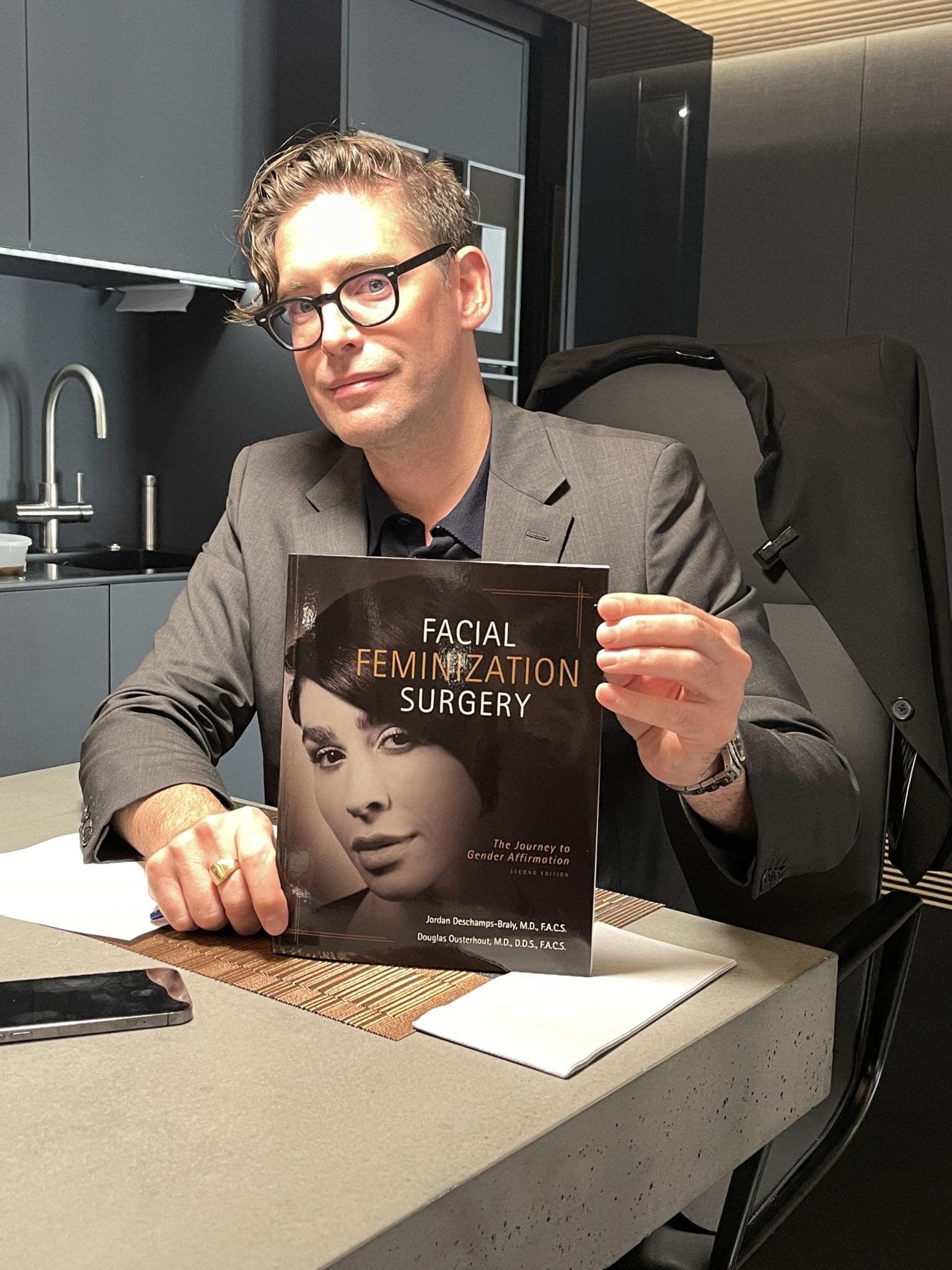PAY IT FORWARD
We’re thrilled to announce the launch of Deschamps-Braly Clinic’s Pay It Forward program, offering complimentary gender-affirming facial surgery to a deserving volunteer nominated by the transgender community or themselves.
- If you want to NOMINATE someone for this special award, please email Payitforward@Deschamps-Braly.com and provide your nominees name, email, your reasons for nominating them, and any links to their work. You may also forward the application link below.
- If you want to APPLY yourself, please download and complete the application questionnaire by clicking the learn more button below.

JUST PUBLISHED!
The wait is over! Dr. Deschamps-Braly’s new book “Facial Feminization Surgery: The Journey to Gender Affirmation” is back and available now. This second edition covers the advances in facial feminization as well as helpful patient stories and is a great resource for FFS patients and their loved ones.
LEARN MOREHow do we make our patients happy?
We believe in treating others as we would like to be treated. We believe in merging science and artistry. We believe in examining our craft to ensure that we remain true to our goal of putting smiles on our patients’ faces.
Are you flying in?
We are privileged to be a part of a journey where the destination is a place that brings you a renewed sense of happiness. We are here to give you our very best. Most importantly, we are here to share in your sense of relief and joy as the dressings are removed.




